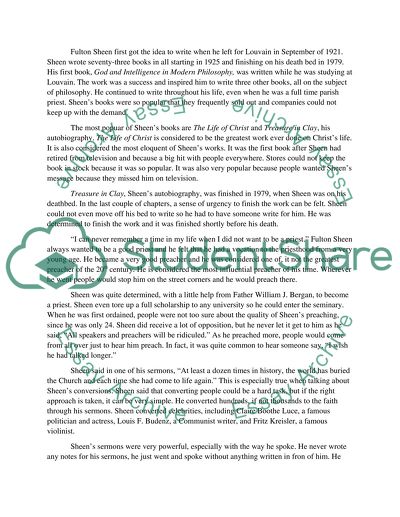Cite this document
(“The Influence of Archbishop Fulton J. Sheen Essay”, n.d.)
The Influence of Archbishop Fulton J. Sheen Essay. Retrieved from https://studentshare.org/biographies/1702612-the-influence-of-archbishop-fulton-j-sheen
The Influence of Archbishop Fulton J. Sheen Essay. Retrieved from https://studentshare.org/biographies/1702612-the-influence-of-archbishop-fulton-j-sheen
(The Influence of Archbishop Fulton J. Sheen Essay)
The Influence of Archbishop Fulton J. Sheen Essay. https://studentshare.org/biographies/1702612-the-influence-of-archbishop-fulton-j-sheen.
The Influence of Archbishop Fulton J. Sheen Essay. https://studentshare.org/biographies/1702612-the-influence-of-archbishop-fulton-j-sheen.
“The Influence of Archbishop Fulton J. Sheen Essay”, n.d. https://studentshare.org/biographies/1702612-the-influence-of-archbishop-fulton-j-sheen.


